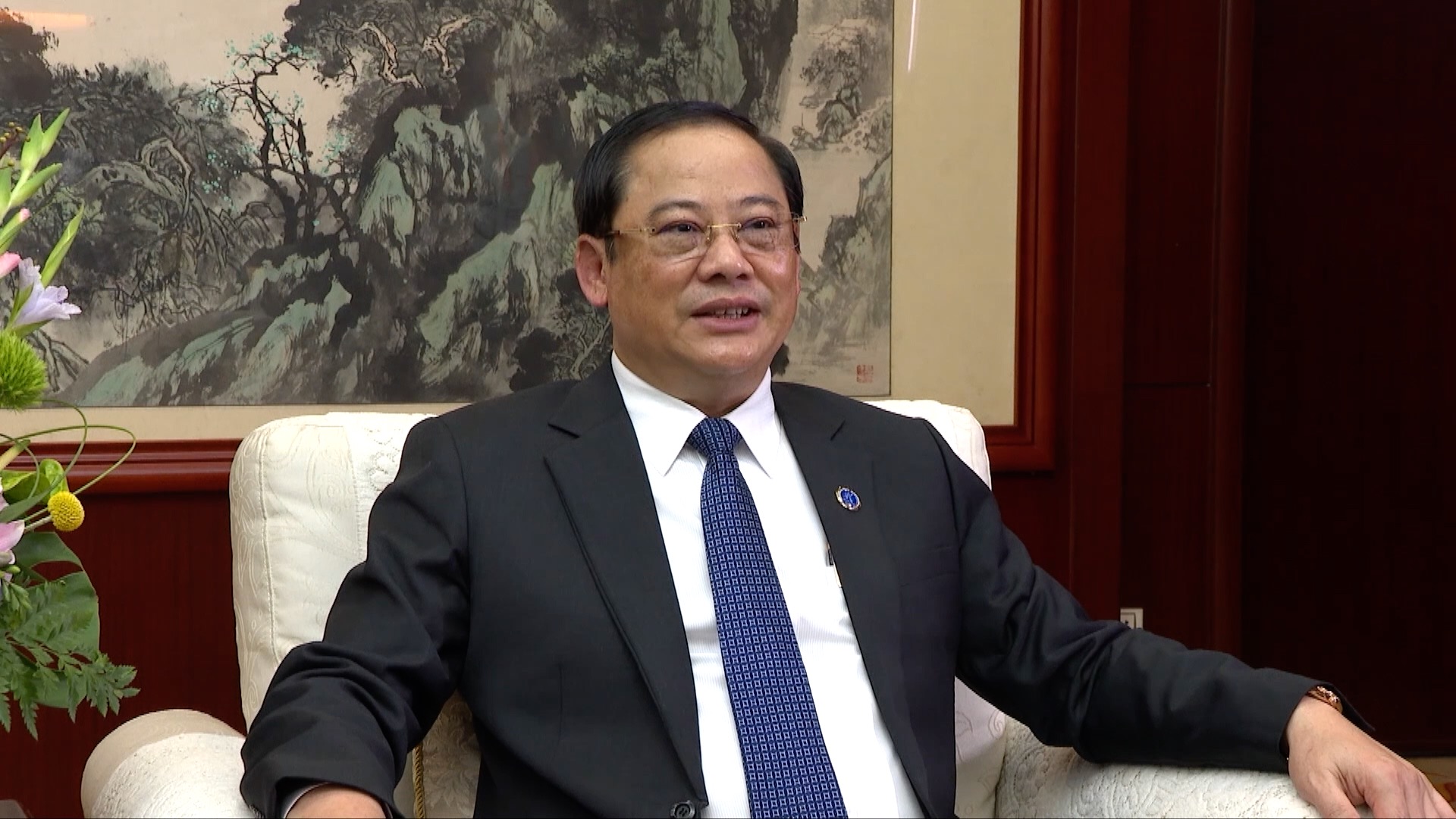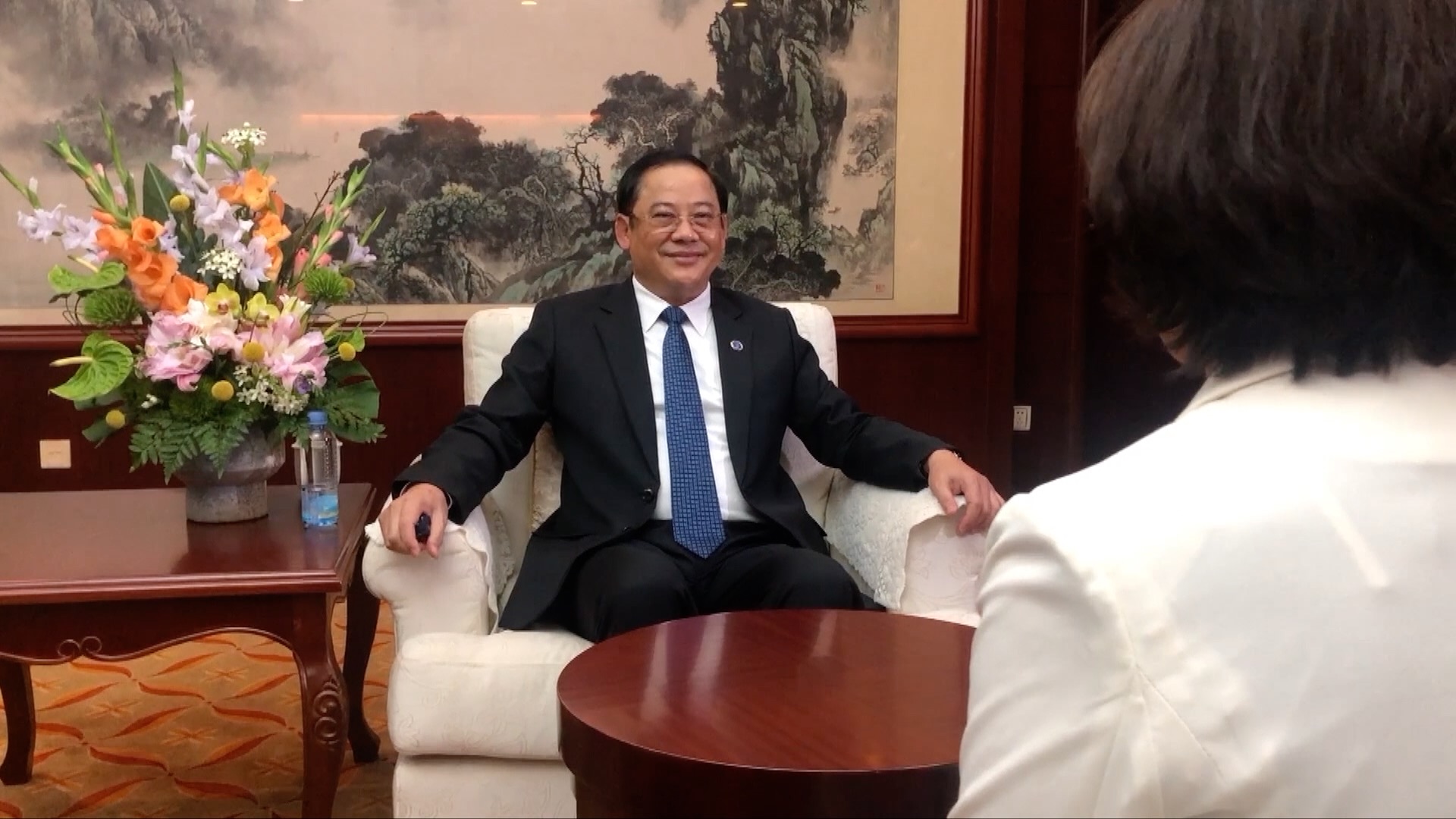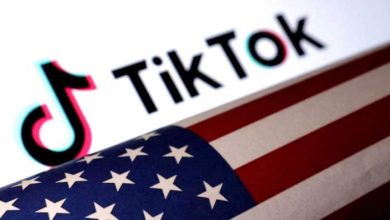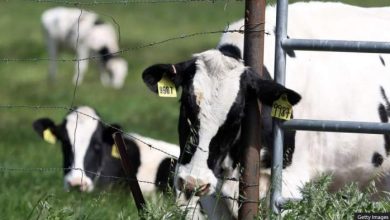RCEP is conducive to China-ASEAN cooperation: Lao PM

[ad_1]
During the 20th China-ASEAN Business and Investment Summit in Nanning, the capital of south China’s Guangxi Zhuang Autonomous Region, Lao Prime Minister Sonexay Siphandone sat down with CGTN’s Liu Yang. The prime minister shared insights into the future development of both countries, the relationship between China and ASEAN nations, and his perspective on the benefits that the Belt and Road Initiative (BRI) has brought to the region.
Liu Yang: In 2013, Chinese President Xi Jinping proposed building a closer China-ASEAN community with a shared future. What progress has been made in China-ASEAN relations over the past decade, and how can both sides further implement this vision in the future?”
Sonexay Siphandone: “The Party and the government of Laos have always supported all initiatives proposed by the Chinese leader, especially the BRI, which has brought us many benefits. For example, the China-Laos railway project. This project has promoted connectivity between our two countries and ASEAN countries. Over the years, it has achieved very good results in various fields such as investment, trade, culture, and tourism.”
“As one of the 53 countries investing in Laos, China ranks first in total investment. During the COVID-19 pandemic, Laos received more than one million Chinese tourists. On April 13, 2023, the two countries jointly launched the China-Laos international railway. In 2024, Laos is celebrating its tourism year. We welcome Chinese tourists and tourists from ASEAN countries to visit Laos. In terms of education, a large number of international students from ASEAN countries come to China for further study every year, and many students receive scholarships awarded by China.”
“Laos highly supports President Xi Jinping’s proposal to strengthen the community with a shared future between China and ASEAN countries. China and ASEAN are important trading partners for each other. We must strengthen the export of products from Laos and ASEAN countries to China. Laos plans to build a highway connecting China-Laos-Thailand and also plans to construct a railway in southern Laos to connect China, Laos, and Cambodia. The governments of Laos, China, and Thailand have reached a consensus and signed a memorandum of cooperation on the railway to connect Malaysia and Singapore.”
Liu Yang: “The Regional Comprehensive Economic Partnership (RCEP) agreement came into full effect in June this year. And at the same time, China and ASEAN are actively advancing negotiations on the China-ASEAN Free Trade Agreement 3.0. What contributions can these actions make to economic and trade cooperation among ASEAN countries and regional economic integration?”
Sonexay Siphandone: “The RCEP agreement is very conducive to cooperation between China and ASEAN countries in trade and other fields. For example, cooperation in the digital economy, green economy, and the industrial chain has yielded mutual benefits and win-win results. Since its official signing in 2021, many countries have participated, providing significant conveniences for the post-pandemic era.
“RCEP is the world’s largest free trade agreement, with the total GDP of its members accounting for one-third of the world’s total trade and total investment accounting for 29.3 percent of the global total. These figures fully demonstrate that RCEP is the world’s largest free trade agreement, providing great convenience for the development of the green economy and the digital economy.”
Liu Yang: How would you assess the state of Laos-China relations, and what are your expectations for their future development?
Sonexay Siphandone: “Laos and China have always maintained a very friendly cooperative relationship. In 2017, the two countries agreed to jointly build a community with strategic significance for the shared future of China and Laos. In 2019, the two countries jointly signed an action plan for building a China-Laos community with a shared future. This year, we will also attend the Belt and Road Forum in Beijing.”
“The two countries have also strengthened cooperation in the security field, such as combating transit crimes and electronic fraud. Currently, Laos has 14 agricultural products that meet China’s inspection and quarantine requirements for export. In the future, we also hope to attract more Chinese entrepreneurs to invest in Laos.”
“In 2017, President Xi Jinping visited Laos and provided eight major aid projects to support Laos’ poverty alleviation efforts. While some countries and media claim that Laos has fallen into a debt trap with China, it’s important to note that Laos carries debts not only from China but also from other international financial institutions. These debts have made positive contributions to Laos’ economic and social development, which is why we have borrowed them.”
[ad_2]
Source link







